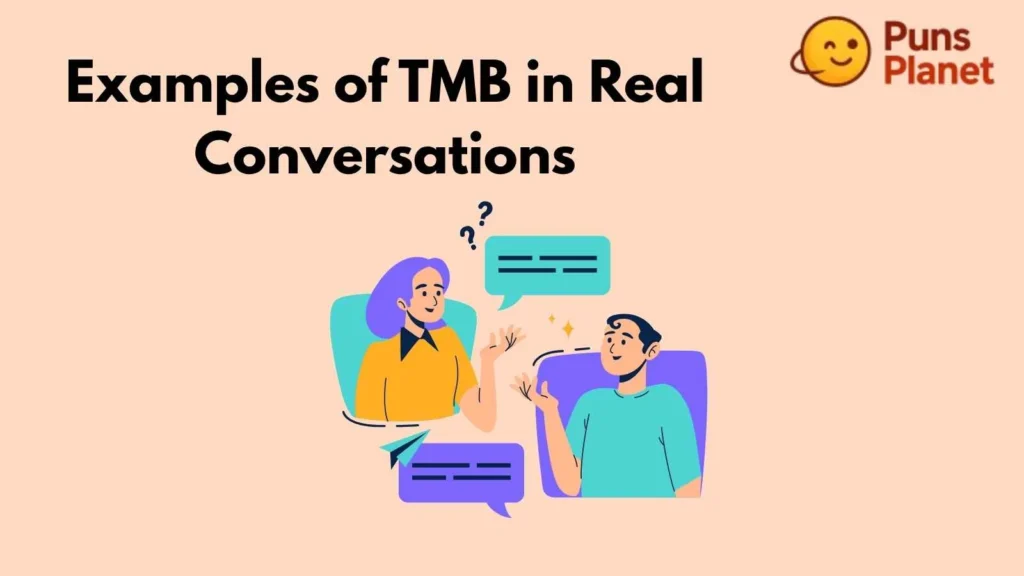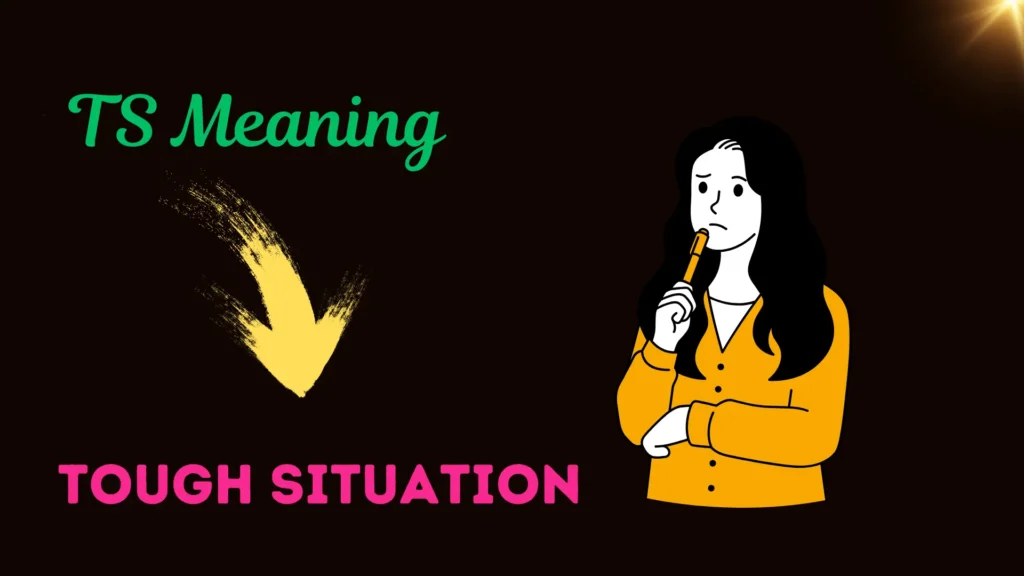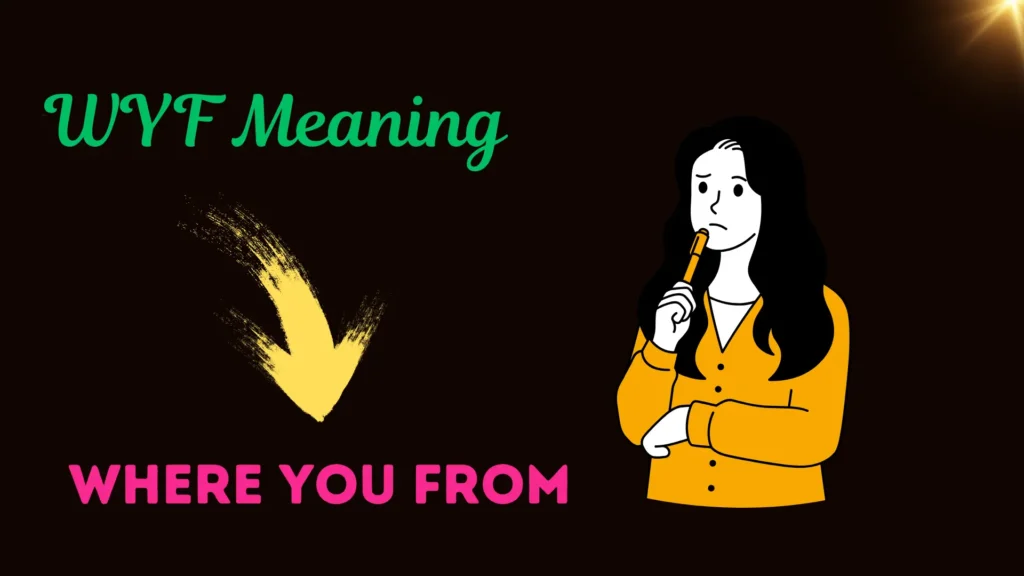Have you ever opened a message or social media comment and spotted “TMB”, wondering, “What on earth does that mean?” You’re not alone.
In this fast-paced digital world, new abbreviations pop up every day—leaving many scratching their heads.
This article dives deep into the meaning of TMB in text, why people use it, and how you can use it too (without looking clueless!).
What Does TMB Mean in Text?
The acronym TMB can have **multiple meanings** depending on context. While there’s no single “official” definition, the most common interpretations include:
- Text Me Back – The sender wants you to reply.
- Throw Me Back – Sometimes used in casual banter or flirting.
- The Man’s Back – Rare slang variation.
- Too Much Blessing – Unique usage in certain communities.
The most widely accepted meaning is “Text Me Back.” That version is used frequently in informal messaging or social media conversations when someone expects a response.
Origin of TMB

It’s hard to trace exactly where abbreviations like TMB came from, but they follow the same pattern as other texting shortcuts—created to reduce typing effort and speed up conversation. It likely emerged with early chat platforms and mobile texting and gained traction on social media, DM threads, and group chats.
When to Use TMB (Context Matters) 📱
Understanding the proper context is key. Below are scenarios where TMB commonly appears:
- Group chats: A friend might send “Anyone coming later? TMB.”
- One-on-one messaging: “Hey, did you see the post? TMB.”
- Social media comments: “I asked you a question—TMB?”
- Story replies / DM threads: Sometimes tacked onto a question when expecting a response.
In all these cases, the sender signals that your reply is expected. It acts almost like a nudge—but politely casual.
Why Do People Use TMB Instead of Typing It Out?
There are several reasons texting abbreviations like TMB are so popular:
- Speed: Quicker typing, less friction in conversation.
- Simplicity: Minimal effort, especially on mobile keyboards.
- Casual tone: Slang builds a relaxed, friendly vibe.
- Space-saving: Useful for apps with character limits.
- Trendiness: Using acronyms connects you with current digital culture.
Variations & Related Slang

Acronyms evolve—and so does “TMB.” Here are some related phrases and similar terms you might see:
| Abbreviation | Meaning | Context |
|---|---|---|
| BRB | Be Right Back | Temporary leave in chat |
| TBH | To Be Honest | Before sharing opinion |
| TMB | Text Me Back | Expecting a response |
| TYT | Take Your Time | Suggests no rush |
| HMU | Hit Me Up | Suggest contacting later |
Understanding abbreviations like these helps you decode tone, urgency, and intention behind digital messages.
How to Respond to TMB?
When someone sends you “TMB,” you’ve got options. Here’s how to reply:
- Direct reply: “Sure—sent you a reply.”
- Polite delay: “Hey, I’m busy. I’ll text you back soon.”
- Clarification: “Did you mean something specific? What did you want me to text you back about?”
- Casual feedback: “Got it, sending my response now.”
Using “TMB” in return can feel playful or mirror their tone—but only use it if you’re texting in a similar casual style.
Examples of TMB in Real Conversations 💬

Here are a few sample chat snippets showing how TMB might appear naturally:
Friend A: “Hey, can you send me that link from class?”
Friend B: “Sure—just sent it. TMB?”
Friend A: “Did you get my message earlier?”
Friend B: “Oops, I missed it. Texting now. TMB.”
Colleague: “Check the attached doc and give feedback.”
You: “Will review and reply shortly. TMB.”
Common Misunderstandings & Mistakes
Even though TMB is easy to use, some people interpret it incorrectly. Here are a few pitfalls:
- Professional settings: TMB might seem too casual in work emails.
- Cross-cultural confusion: Not everyone uses or understands it.
- Wrong meaning assumption: Assuming “TMB” means something more serious.
- Spam triggers: Overusing abbreviations may seem unprofessional.
Is TMB Appropriate in Formal Communication?
In **formal or business communication**, abbreviations like TMB can appear unprofessional. It’s best to avoid them in:
- Emails to supervisors or clients
- Academic writing or reports
- Official documentation
You can use full phrases instead: “Please text me back” rather than TMB in professional contexts.
How Popular Is TMB? Usage Trends & Insights
While TMB isn’t as ubiquitous as some acronyms like “LOL” or “BRB,” it has become a **recognized shorthand** among younger users and frequent chatters. You’ll find it in messaging apps, social media DMs, and community forums. Its popularity rises with texting frequency and the user’s comfort with slang style.
Measuring Your Own Usage of TMB
Curious how you stack up? Try this quick self-check:
- Review your last 20 texts and DMs.
- Count how many times you used acronyms (LOL, TMB, BRB etc.).
- Observe if you’ve used “TMB” specifically at the end or start of replies.
- Consider if you’d rather type out “text me back” depending on tone.
This helps you adjust your digital tone to match your audience—slang-savvy or more formal.
FAQs:
What does TMB mean on Snapchat?
On Snapchat, “TMB” usually means Text Me Back. It’s used in private messages when you expect a reply.
Can TMB have other meanings?
Yes. While Text Me Back is the most common, people sometimes use “TMB” as Throw Me Back or in other creative slang forms. Always check context.
Should I use TMB with people I don’t know well?
Probably not. With acquaintances or professional contacts, going safe and typing the full phrase is better. Save “TMB” for casual, friendly conversations.
Does TMB come across as rude?
Not inherently. It depends on tone. Used with the right people, it’s casual and okay. Used in the wrong setting it might seem lazy or impatient.
Is TMB used outside texting? (Emails, forums?)
Rarely. TMB is mostly confined to instant messaging and social media. In forums or emails, you’ll likely not see it unless the tone is very informal.
Conclusion
To wrap it up: TMB meaning in text is most often “Text Me Back”—a simple, casual way to nudge someone for a reply.
While it’s handy in informal chats, always consider tone and audience before you use it.
Knowing when and how to use this little acronym can help you avoid misunderstandings and communicate more smoothly in digital spaces.







